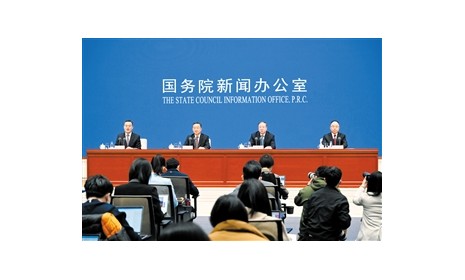2020年2月28日,据欧盟食品安全局(EFSA)消息,欧盟食品添加剂和调味剂小组( FAF )重新评估了氢化聚乙烯-1-癸烯(hydrogenated poly‐1‐decene) (E 907)作为食品添加剂的安全性。
据了解,对所有人群来说,氢化聚乙烯-1-癸烯的每日容许摄入量为20mg/kg体重。经过评估,专家小组认为在规定的使用水平下,氢化聚乙烯-1-癸烯作为食品添加剂不会引起安全问题。部分原文报道如下:
The Panel on Food Additives and Flavourings added to food (FAF) provided a scientific opinion re‐evaluating the safety of hydrogenated poly‐1‐decene (E 907) when used as a food additive. Hydrogenated poly‐1‐decene (E 907) is authorised as a food additive in the EU in accordance with Annex II to Regulation (EC) No 1333/2008. Hydrogenated poly‐1‐decene is of low acute toxicity and does not raise concern for genotoxicity. Toxicity and carcinogenicity, as well as reproductive and developmental toxicological studies, were not available; therefore, the Panel based the derivation of the acceptable daily intake (ADI) on the no observed adverse effect level (NOAEL) identified in the subchronic study in rats and established an ADI of 20 mg/kg bw per day. Dietary exposure to hydrogenated poly‐1‐decene (E 907) from its use as a food additive was calculated based on regulatory maximum level exposure assessment scenario. Mean exposure to hydrogenated poly‐1‐decene (E 907) from its use as a food additive ranged from no exposure in infants to 2.35 mg/kg bw per day in toddlers. The high exposure to hydrogenated poly‐1‐decene (E 907) ranged from 0 mg/kg bw per day in infants and adults to 6.69 mg/kg bw per day in toddlers. The exposure estimates in the regulatory maximum level exposure assessment scenario did not exceed the ADI of 20 mg/kg bw per day for all population groups. The Panel concluded that the exposure to hydrogenated poly‐1‐decene (E 907) does not raise a safety concern when used at the maximum permitted levels.
本文由食品伙伴网食品资讯中心编辑,供网友参考,欢迎转载,转载请注明出处!有任何疑问,请联系news@foodmate.net。
日期:2020-03-02
















